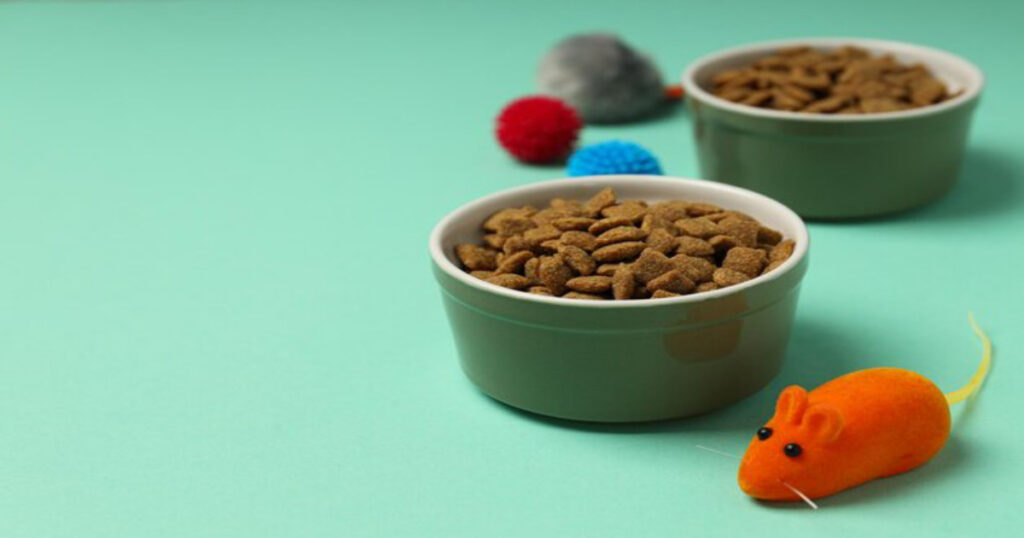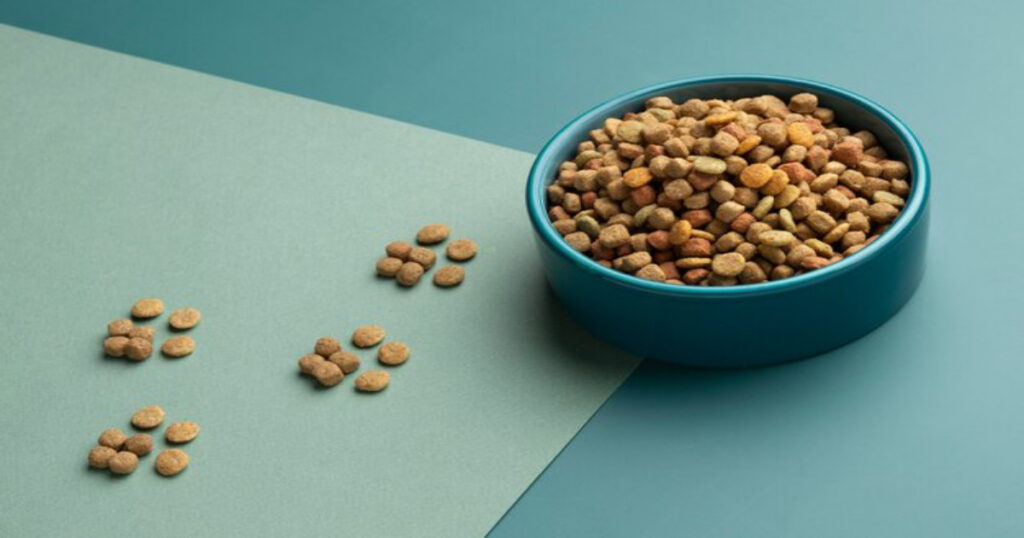Introduction to Homemade Cat Food
Providing our feline friends with nutritious meals is crucial for their health and well-being. In recent years, many cat owners have turned to homemade cat food as a way to ensure their pets receive high-quality nutrition tailored to their specific needs.
Table of Contents

Benefits of Homemade Cat Food
One of the primary advantages of homemade cat food is the ability to control the quality of ingredients. By selecting fresh, high-quality meats and produce, cat owners can ensure that their pets are receiving the best possible nutrition. Additionally, homemade cat food allows for customization to meet individual dietary requirements, such as allergies or sensitivities.
In terms of cost, while initial investment in quality ingredients may seem higher, homemade cat food can ultimately be more economical, especially when considering potential savings on veterinary bills due to improved health outcomes.
Ingredients for Homemade Cat Food
When preparing homemade cat food, it’s essential to include a balance of protein, carbohydrates, essential vitamins, and minerals. Common protein sources include chicken, turkey, and fish, while carbohydrate sources may include rice, oats, or sweet potatoes. Additionally, supplements such as taurine and omega-3 fatty acids are crucial for maintaining feline health.

Preparing Homemade Cat Food
There are many recipes and guidelines available for preparing homemade cat food, ranging from simple to more complex meals. It’s important to handle raw ingredients safely and to cook them thoroughly to prevent the risk of foodborne illness. Methods such as boiling or steaming are commonly used to prepare homemade cat food.
Chicken:
Preparation: Remove the skin and bones from the chicken breasts or thighs.
Cooking Method: Boil the chicken in water until fully cooked. Alternatively, bake or grill the chicken without any seasonings.
Processing: Once cooked, shred or chop the chicken into small, bite-sized pieces suitable for your cat.
Fish:
Preparation: Choose boneless and skinless fish fillets such as salmon or tuna.
Cooking Method: Steam or bake the fish until it is fully cooked. Avoid using any seasonings or oils.
Processing: Flake the cooked fish into small pieces, removing any bones or skin, and ensure it is cooled before serving to your cat.
Turkey:
Preparation: Use lean turkey meat without skin.
Cooking Method: Cook the turkey by boiling or baking until fully cooked. Avoid using any seasoning or oils.
Processing: Chop or shred the cooked turkey into small pieces suitable for your cat’s consumption.
Rice:
Preparation: Rinse the rice thoroughly to remove excess starch.
Cooking Method: Cook the rice in water according to package instructions until it is soft and fully cooked.
Processing: Allow the cooked rice to cool before mixing it with other ingredients or serving it to your cat.
Sweet Potatoes:
Preparation: Peel and chop the sweet potatoes into small cubes.
Cooking Method: Steam or boil the sweet potatoes until they are soft and cooked through.
Processing: Mash or puree the cooked sweet potatoes before incorporating them into your cat’s food.

Supplements:
Selection: Choose supplements such as taurine and omega-3 fatty acids specifically formulated for cats.
Mixing: Add the appropriate amount of supplements to your homemade cat food mixture and mix well to ensure even distribution.
By following these steps, you can prepare nutritious homemade cat food using a variety of ingredients to meet your pet’s dietary needs. Always consult with your veterinarian to ensure that your homemade cat food recipes provide a balanced and complete diet for your feline friend.
Transitioning to Homemade Cat Food
If transitioning a cat to a homemade diet, it’s essential to do so gradually to avoid digestive upset. Start by mixing small amounts of homemade food with the cat’s current diet, gradually increasing the proportion of homemade food over time. Monitor the cat’s response closely and consult with a veterinarian if any issues arise.

Common Mistakes to Avoid
While homemade cat food can be a nutritious option, there are some common mistakes to avoid. These include failing to provide a balanced diet, using unsafe ingredients, and overfeeding. It’s crucial to research and follow recipes carefully to ensure that homemade cat food meets all of a cat’s nutritional needs.
Conclusion
In conclusion, homemade cat food offers numerous benefits, including quality control, customization, and potential cost savings. By carefully selecting ingredients and following proper guidelines, cat owners can provide their pets with nutritious and delicious meals tailored to their individual. If you love our article visit to read more.

FAQs About Homemade Cat Food
- What are the benefits of homemade cat food compared to commercial options?
Homemade cat food allows for greater control over ingredients and customization to meet specific dietary needs.
- Can all cats thrive on homemade diets?
While many cats do well on homemade diets, it’s essential to consult with a veterinarian to ensure that the diet is nutritionally complete.
- How do I ensure my homemade cat food is nutritionally complete?
It’s important to follow balanced recipes and incorporate essential vitamins, minerals, and supplements to ensure nutritional adequacy.
- Are there any risks associated with homemade cat food?
Risks include nutrient imbalances, improper handling of ingredients, and the potential for foodborne illness if not prepared and stored correctly.
- Can I mix homemade and commercial cat food in my cat’s diet?
Yes, mixing homemade and commercial cat food can provide variety and ensure a balanced diet, but it’s essential to maintain overall nutritional balance and consult with a veterinarian for guidance.

